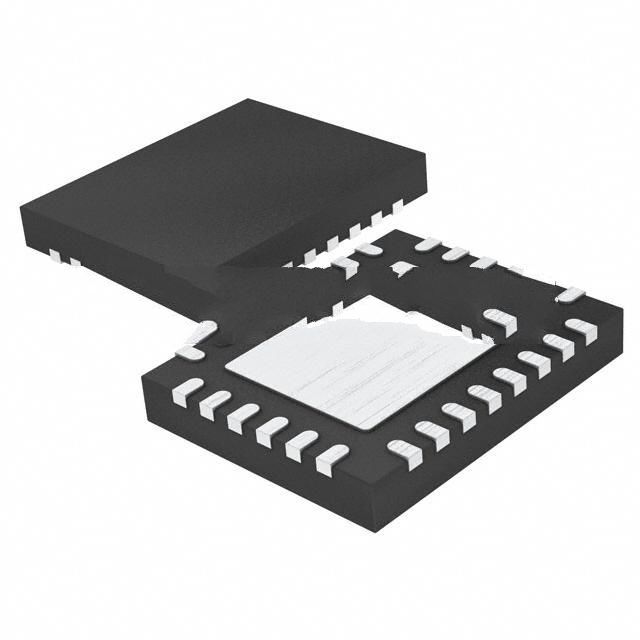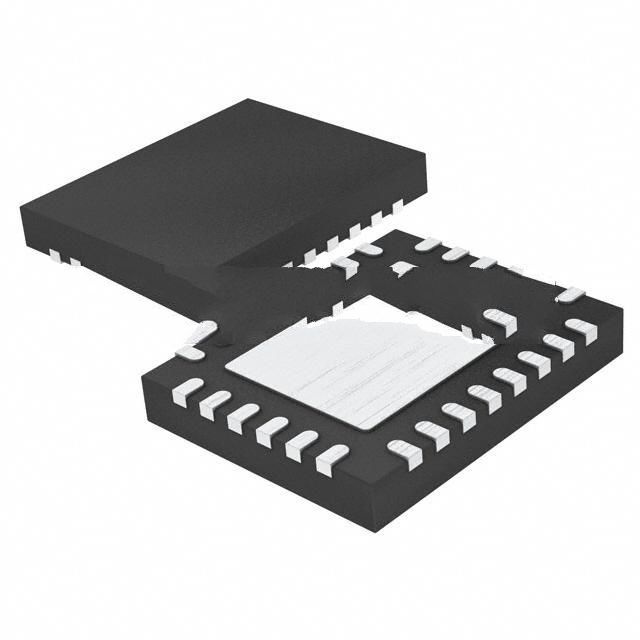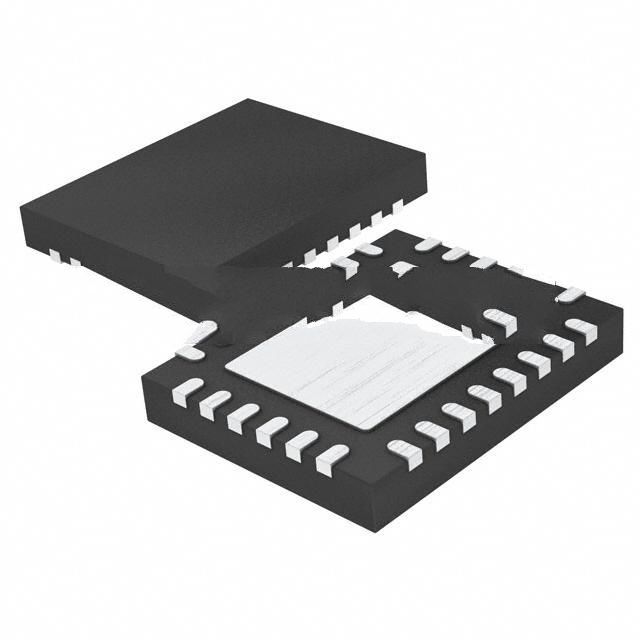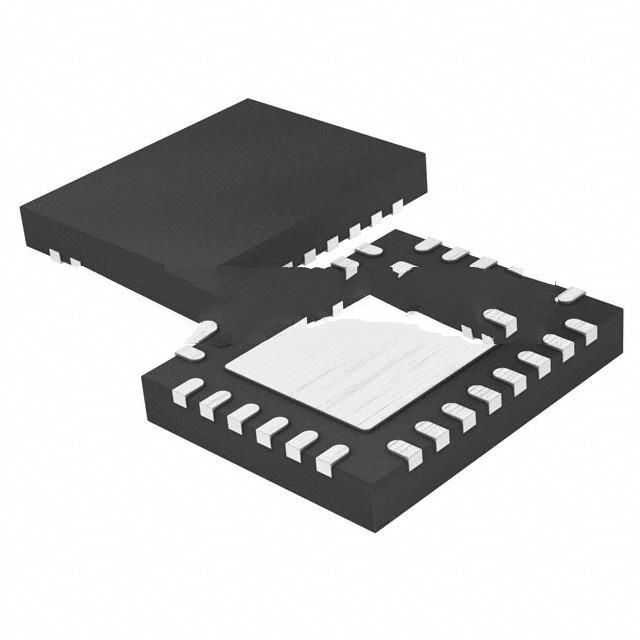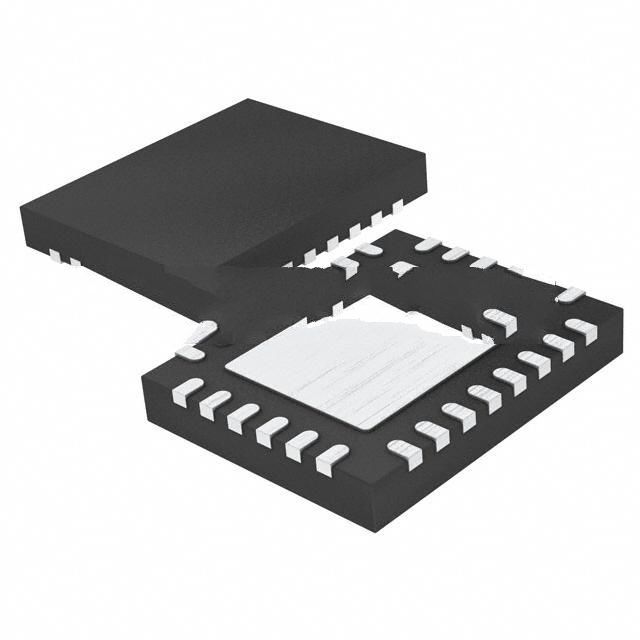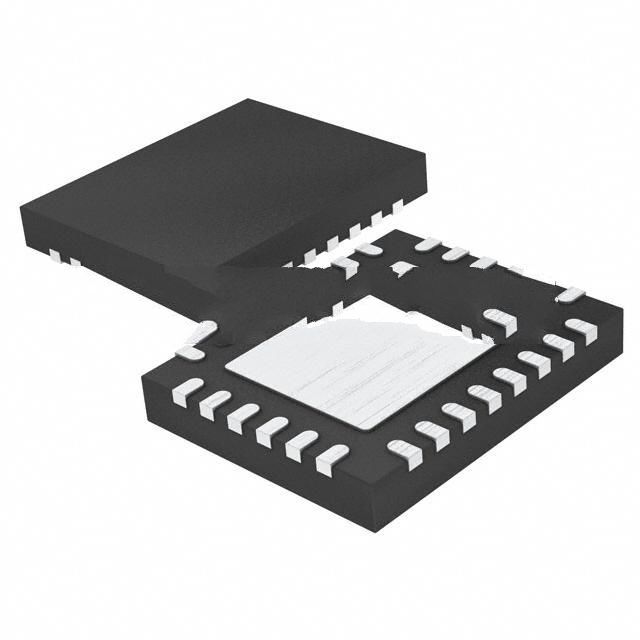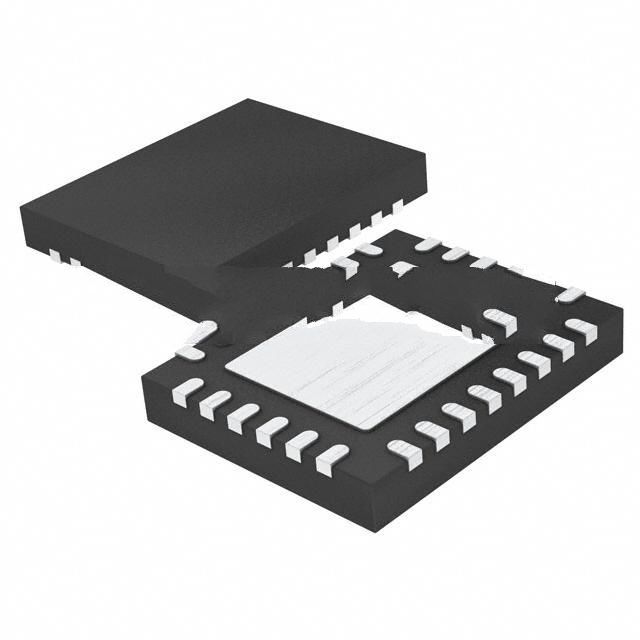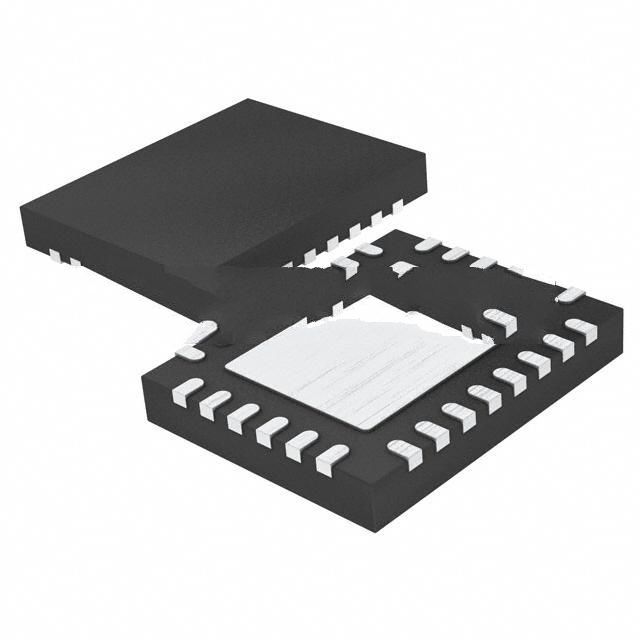LTC6811HG-2#3ZZPBF Product Introduction:
Linear Technology (Analog Devices, Inc.) Part Number LTC6811HG-2#3ZZPBF(PMIC - Battery Management), developed and manufactured by Linear Technology (Analog Devices, Inc.), distributed globally by Jinftry. We distribute various electronic components from world-renowned brands and provide one-stop services, making us a trusted global electronic component distributor.
LTC6811HG-2#3ZZPBF is one of the part numbers distributed by Jinftry, and you can learn about its specifications/configurations, package/case, Datasheet, and other information here. Electronic components are affected by supply and demand, and prices fluctuate frequently. If you have a demand, please do not hesitate to send us an RFQ or email us immediately sales@jinftry.com Please inquire about the real-time unit price, Data Code, Lead time, payment terms, and any other information you would like to know. We will do our best to provide you with a quotation and reply as soon as possible.
Introducing the LTC6811HG-2#3ZZPBF, a cutting-edge product from Linear Technology (Analog Devices, Inc.). This high-performance battery stack monitor is designed to meet the demanding requirements of electric vehicles, energy storage systems, and other high-voltage applications.
The LTC6811HG-2#3ZZPBF offers an array of impressive features that set it apart from the competition. With its 12-cell battery monitoring capability, it provides accurate voltage and temperature measurements, ensuring the safety and reliability of your battery stack. The device also boasts an impressive ±1mV measurement accuracy, allowing for precise monitoring and control.
Equipped with an integrated isoSPI interface, the LTC6811HG-2#3ZZPBF enables easy communication with a host microcontroller, simplifying system integration. Its low-power operation and sleep mode functionality make it an energy-efficient choice, extending battery life and reducing overall power consumption.
The LTC6811HG-2#3ZZPBF is not only suitable for electric vehicles and energy storage systems but also finds applications in industrial equipment, renewable energy systems, and aerospace applications. Its robust design and wide operating temperature range make it suitable for even the harshest environments.
With the LTC6811HG-2#3ZZPBF, Linear Technology (Analog Devices, Inc.) continues to deliver innovative solutions that meet the evolving needs of the battery monitoring industry. Trust in the LTC6811HG-2#3ZZPBF to provide accurate, reliable, and efficient battery stack monitoring for your high-voltage applications.
Battery Management refers to integrated circuits that integrate the functions of battery monitoring, control, protection and optimization. Through real-time monitoring and intelligent regulation of the battery status, it ensures that the battery can maintain the best performance in various working environments, extend the service life, and improve the safety and reliability of the entire system.
Application
Battery Management is widely used in all kinds of electronic devices, especially those portable devices that rely on battery power, such as smartphones, tablets, laptops, wearables, drones, electric vehicles, etc. In the field of smart phones, PMIC not only manages the charging and discharging process of the battery, but also participates in the power consumption management of the system, and extends the battery life of the phone by intelligently adjusting the power supply of various components. In the field of electric vehicles, PMIC is responsible for the monitoring and management of the entire battery pack to ensure the safe operation and efficient charging and discharging of the battery pack.
FAQ about PMIC - Battery Management
-
1. How does BMS monitor power?
BMS uses voltage, current and temperature sensors to detect battery status in real time, and calculates the remaining power (SoC) through algorithms to help users understand the current available power of the battery.
-
2. How does the battery management system improve battery safety?
BMS monitors battery voltage, current, temperature and other parameters, and promptly cuts off the current, performs temperature adjustment or other protection operations to prevent safety hazards such as short circuit and overheating of the battery.
-
3. How does the design of BMS consider different types of batteries?
Different types of batteries (such as lithium-ion, nickel-metal hydride, lead-acid, etc.) have different charging and discharging characteristics. BMS needs to adjust management parameters according to the battery type to ensure the best protection and management of the battery.
 Lead free / RoHS Compliant
Lead free / RoHS Compliant













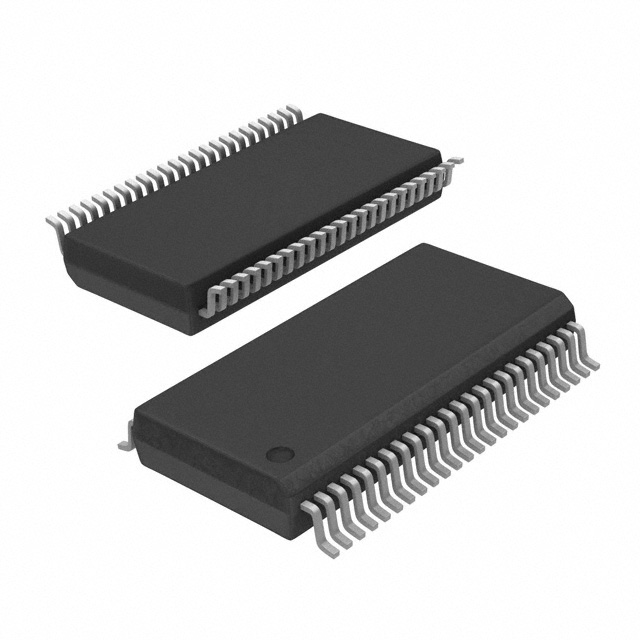







.jpg)
